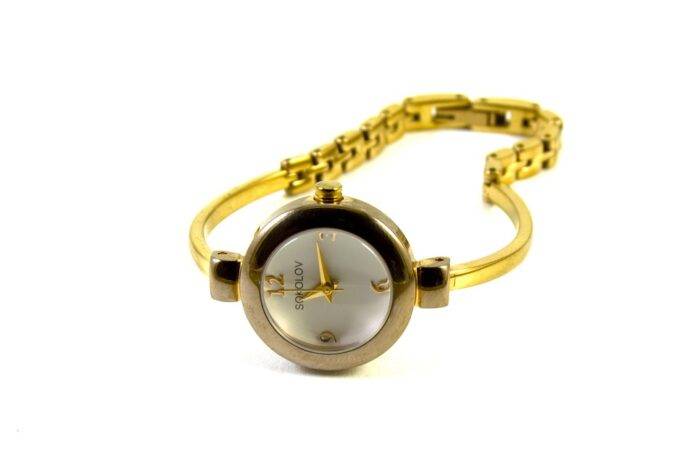Introduction
Vintage Champagne is known for its complexity and elegance, with aging playing a crucial role in enhancing these attributes. As Champagne ages, it undergoes a transformation that adds depth, nuance, and sophistication to the wine. In this report, we will explore why aging contributes to the complexity and elegance of vintage Champagne, and how this process influences the quality and value of these wines.
The Aging Process of Vintage Champagne
Chemical Reactions
When Champagne is aged on its lees (dead yeast cells) in the bottle, a process known as autolysis occurs. During autolysis, the yeast cells break down and release compounds that contribute to the wine’s flavor and aroma profile. This process can result in the development of toasty, nutty, and brioche-like notes in the wine, adding complexity and depth.
Oxidation and Reduction
As Champagne ages, it is exposed to small amounts of oxygen through the cork, which facilitates oxidation. Controlled oxidation can soften the wine’s acidity and tannins, leading to a smoother and more integrated mouthfeel. Additionally, reduction reactions can occur, which can contribute to the development of complex aromas and flavors in the wine.
Evolution of Aromas and Flavors
Over time, the primary fruit aromas in Champagne can evolve into secondary and tertiary aromas, such as honey, dried fruits, and mushrooms. These complex aromas add layers of nuance and sophistication to the wine, making it more interesting and enjoyable to drink. The flavors of aged Champagne also become more nuanced and refined, with a greater depth of character.
The Impact of Aging on Vintage Champagne
Quality Enhancement
Aging is essential for vintage Champagne to reach its full potential. The additional time spent in the bottle allows the wine to integrate and harmonize its various components, resulting in a more balanced and complex final product. Well-aged vintage Champagnes often exhibit greater finesse, elegance, and depth than their younger counterparts.
Value Appreciation
Vintage Champagnes that have been properly aged tend to increase in value over time. As these wines become rarer and more sought after, their prices can appreciate significantly in the secondary market. Collectors are willing to pay a premium for well-aged vintage Champagnes, especially from prestigious houses and exceptional vintages.
Market Demand
The demand for aged vintage Champagnes has been steadily increasing in recent years, driven by a growing appreciation for the complexity and uniqueness of these wines. Collectors, connoisseurs, and enthusiasts are willing to invest in well-aged vintage Champagnes for special occasions, celebrations, and investments. As a result, the market for aged vintage Champagnes is robust and continues to expand.
Financial Data and Industry Insights
Financial Performance of Champagne Houses
Leading Champagne houses such as Moët & Chandon, Veuve Clicquot, and Dom Pérignon have reported strong financial performance in recent years, driven by growing demand for their premium and vintage offerings. These houses have invested in aging facilities, vineyard management, and winemaking techniques to produce high-quality vintage Champagnes that command premium prices in the market.
Industry Trends and Projections
The Champagne industry is projected to continue growing in the coming years, with a focus on premium and vintage offerings. Consumers are increasingly seeking unique and sophisticated wines that reflect the terroir, craftsmanship, and aging potential of Champagne. As a result, Champagne houses are investing in vintage programs, marketing initiatives, and distribution channels to meet this growing demand for aged vintage Champagnes.
Consumer Preferences and Buying Behavior
Consumers are becoming more discerning and knowledgeable about Champagne, with a preference for well-aged vintage offerings that showcase complexity, elegance, and character. Collectors are actively seeking out rare and limited-edition vintage Champagnes for their collections, while enthusiasts are exploring the diversity and richness of aged Champagne through tastings, events, and educational programs.
Conclusion
Aging adds complexity and elegance to vintage Champagne, transforming these wines into sophisticated, nuanced, and refined expressions of the terroir and winemaking craft. Through chemical reactions, oxidation, and flavor evolution, aging enhances the quality, value, and desirability of vintage Champagnes, making them highly sought after by collectors, connoisseurs, and enthusiasts. As the Champagne market continues to evolve, the demand for well-aged vintage Champagnes is expected to rise, driving growth and innovation in this prestigious and iconic wine category.



